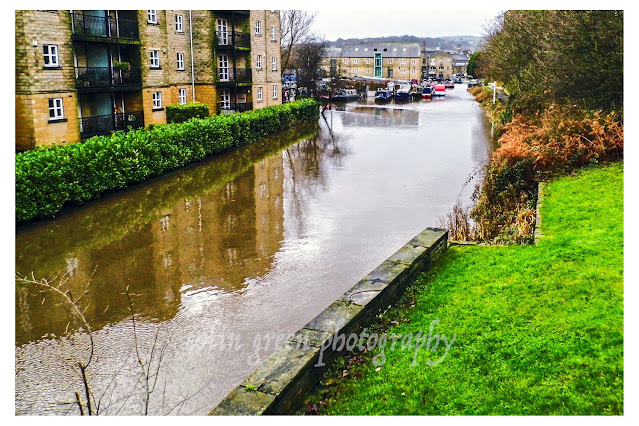Nestled high on a cliff face overlooking the stunning Port de San Miguel in northern Ibiza, lies a hidden world waiting to be explored. The Cova de Can Marca, once a secret hideout for smugglers, is now one of the island's most captivating natural attractions.
My visit on the 12th of July, 2014, was a journey back in time and deep into the earth. The adventure began with the breath taking descent. The entrance steps, carved into the side of the cliff, offer panoramic views of the Mediterranean's brilliant turquoise waters, an incredible welcome before stepping into the cool, dark embrace of the cave.
The cave itself is a masterpiece of nature, sculpted over millennia by water and time. As you venture deeper, the atmosphere shifts. Eerie, yet beautiful formations of stalactites and stalagmites stretch from the ceiling and floor, creating a surreal landscape. The air is cool, and the sounds of the outside world fade away, replaced by a sense of calm and wonder.
The tour, which takes about 40 minutes, is a truly immersive experience. Cleverly placed lighting illuminates the ancient formations in a spectrum of colours, highlighting the intricate details of the rock. The highlight of the tour is a spectacular light, sound, and water show. A natural waterfall, now re-created with a special effects display, cascades down the rock face, the water shimmering and changing colour with the lights. It's a magical moment that truly brings the cave to life.
The Caves of Can Marca are more than just a tourist attraction; they are a testament to the raw beauty and power of the natural world. From the stunning coastal views on the approach to the mesmerizing light and sound show within, it's an unforgettable experience. If you find yourself in Ibiza, be sure to take a detour from the beaches and clubs and delve into this magnificent underground world.
Clicking any of the images below should open a link in another window to my Colin Green Photography store on Zazzle.
 |
| Entrance steps to the cave |
 |
| Exit stairs from the caves. |
Please take a moment to share this post, follow me on social media, and explore my work on Clickasnap and Photo4Me using the links below. Your support means a lot!
All the pictures remain the copyright of Colin Green.



























































